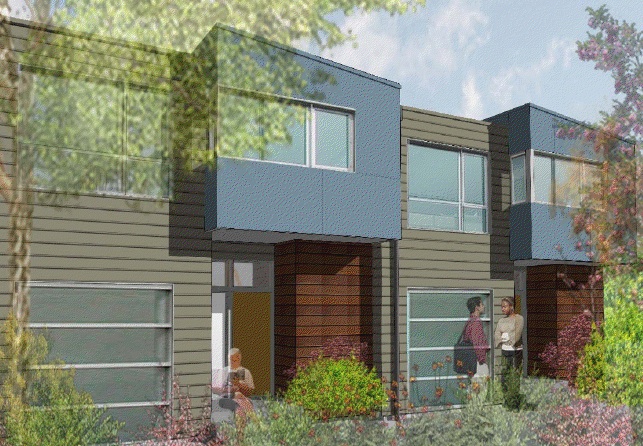
Image Credit: ZETA Communities
Plenty of companies respond to economic pressure, market opportunities, and environmental necessity with innovative ideas and plans to serve clients ever more efficiently. The failure rate may be high, but there always seems to be a handful of firms out there ready to test the waters yet again.
Two companies that have attracted a lot of attention in the prefab realm recently – ZETA Communities, based in San Francisco, and Michelle Kaufmann Designs, based in nearby Oakland – illustrate the dynamic. Because of the increasingly difficult lending environment for small businesses and the failure of a factory partner, Michelle Kaufmann Designs, which had been a preeminent player in the contemporary prefab market, was forced to shut down in May.
ZETA, meanwhile, is forging ahead with construction of a 1,540-sq.-ft. prefabricated townhome that will serve as a net-zero-energy demonstration model. The company also is in design contracts for a 30-unit studio apartment project, a residential educational facility, and lodges and educational facilities in national parks, says ZETA CEO Naomi Porat.
The cost issue
Including its mechanical package, PV installation, Energy Star appliances, shipping fees, installation, and on-site finish work, the townhome costs $258,000 (or $165 per sq. ft.). Land costs, foundation construction, and other site work are extra. All in all, Porat says, the townhouse price is calculated to come in 10% to 15% under prices for comparable site-built urban infill projects.
More critical, Porat says, is that, long term, the net-zero-energy townhouse will be much cheaper to operate and maintain than a conventional site-built home. The company adds that ZETA dwellings will exceed current California Energy Code (Title 24) energy efficiency standards by 50%.
It’s still not clear, though, whether the long-term benefits of energy efficient prefab construction will interest homebuyers and builders enough to transform prefab into a significant segment of the residential construction market. In other words, will most of the focus continue to be on fancy finishes and listing prices while the eco-green stuff, such as sustainable materials and energy conservation, receives polite but perfunctory attention?
A timing issue
In recent comments in her Green Goddess blog, Seattle-based Tanya Stock, who runs a green-remodeling consultancy called Vida Verde, sounded doubtful interest in prefab will hit critical mass. “Like any other mass-produced product,” she wrote, “prefabs need to sell at a certain volume to pencil out financially. While we don’t know what that tipping point is, we’re guessing that there just aren’t enough consumers with a modern design philosophy to support the formula.”
Still, green-construction bloggers and industry sites are tracking prefab’s trajectory fairly closely.
Because it leases and operates its own factory, ZETA is perhaps in a better position than Kaufmann Designs was to control waste and manage production-related financial problems. What’s more, ZETA and Kaufmann do seem to agree that the potential for production efficiency and energy efficiency likely will be greater in multiunit construction than in single-family homes.
When she announced that Kaufmann Designs would be closing its doors, Kaufmann told the Los Angeles Times that she had been considering shifting her focus to multifamily projects.
“I want to focus on communities,” she told the paper, mentioning “a new spin” on co-housing and compounds for groups of families and retirees as two possible models for her consulting work. “I think we’re realizing that there is more than one model for the American Dream.”
Weekly Newsletter
Get building science and energy efficiency advice, plus special offers, in your inbox.





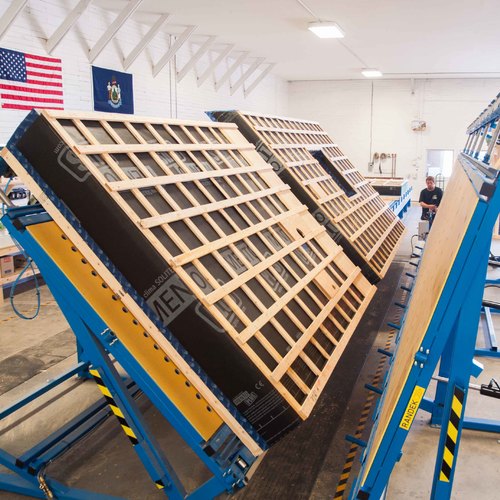
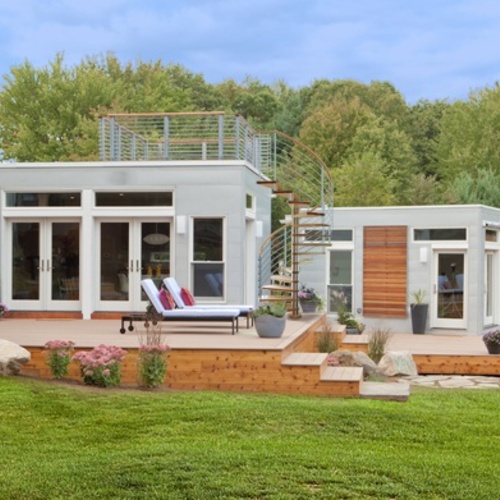
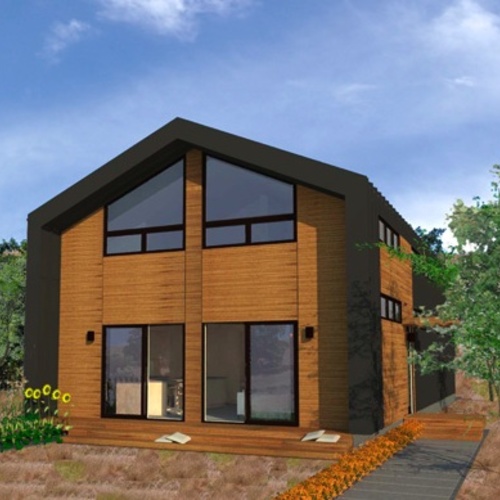
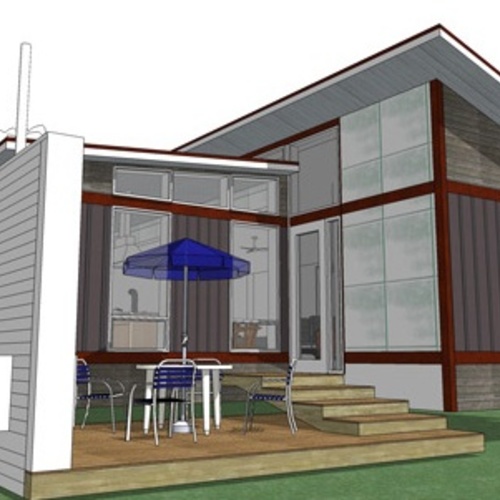






0 Comments
Log in or create an account to post a comment.
Sign up Log in